There is a great book called Guns, Germs and Steel by Jared Diamond which should be compulsory reading to all those who think about positive and negative feedback loops linked to our globalised world.
Pandemics sit in the negative and should be part of every farm businesses risk planning. Here is why. The one thing history can teach us is that it’s only a matter of time before the next big one hits us.
If you think the government has worked out how to manage a major epidemic (a wide spread disease) or a pandemic (a global disease outbreak) think again, locking down the Western world might have slowed the virus, but it’s still out there working away racking up its victims, less in some countries, more in others, either way this one is just a taste of things to come.
When the next seriously lethal pathogen lurking within the animal kingdom decides to jump the species barrier, the death toll will be much much higher than the 1 – 2% globally they are predicting for Covid-19.
The big pandemics of history are killers on a huge scale, taking out up to a third of the population. Fortunately, we have only had a handful of them in the last 2000 years, but all indications are that we have built a world perfectly tuned to encourage pandemics.
Researchers tell us that most new pandemics have originated through the “zoonotic” transmission of pathogens from animals to humans. Around 60% of the emerging diseases reported globally are considered to be zoonoses, and 75% of new human pathogens detected in the last 30 years originated in animals.
Globally, today zoonoses are responsible for an estimated 1 billion cases of human illness and and 2.2 million deaths per year. Driving this are over 1.6 million unknown viruses in birds and mammals and over half of these agents could pose a zoonotic risk.
These diseases are jumping the species barrier at ever greater rates simply because so many of us are now so much closer to so many more animals.
Our animal fetish has been driven by changes in human population size and distribution, animal rearing and consumption all of which are quietly helping to shake out the pathogens lurking in animals nasties which are open to moving home and seeking to find a new place to live and breed.
The spark risk comes from the 100 billion animals across the globe that are part of intensive farming systems, the increasing numbers of wild animals that daily become bush tucker and the mixing of wild with domestic live animals in street markets in countries which should know better or those who can’t afford to do better.
Next, add to the recipe 7.8 billion people, a heaving global mass of humanity that is increasing at the rate of 126,000 a day, the majority of which are already living or heading towards the world’s 500 mega cities.
Like bats to McBeth’s cauldron, this madness is bubbling and troubling away daily, increasing the risk of the next severe animal or human origin pandemic.
But for those safely isolated from town and country on the farm, it’s not the risk of death from disease that should keep you awake at night, it’s the risk to the intergenerational farm business of not planning for the economic and political fallout from the next big or small outbreak.
History shows us that lethal pandemics have been associated with significant social and political upheaval. The impact of large mortality shocks and the resulting demographic shifts have directly impacted agriculture in such a profound way in the long distant past that the changes still revert on our farms today.
For example the Black Death of the Middles 1300s saw up to a third of Europe’s population wiped out, leading to a massive movement of landless peasants off the estates of the rich nobility and richer church into the cities, all chasing the higher wages on offer from the labour shortages.
The changes marked the end of feudalism and the rise of the modern family farmer whom many of today’s farmers of European descent could trace family linkages to if records existed.
Another big epidemic with strong agricultural links was the smallpox outbreak in the North Western Native American Indian population in the 1770s, another deadly disease that wiped out up to a third of that population.
The depopulation that resulted opened up massive swathes of empty agricultural land to aggressive land hungry Europeans, a migration that kick started the rise of America and Canada as global agricultural powerhouses.
Finally, the Spanish Flu of 1919 has been linked to the collapse of the fragile post war Russian food supply chain and ultimately helped lead to the rise of communism and the collectivisation of the Russian and later Black Sea bread baskets.
A gift for struggling Australian farmers who built a global market and a huge head start as a grain exporter on the gift of socialism to our competitors.
On a smaller scale, the arrival of the Spanish flu in Western Australia led to the closure of Fremantle port to shipping, a prelude to what’s happened 101 years later, with the state government refusing to let the cruise ships unload.
The waterside workers of the day banned the unloading of ships with cases of the flu fearing for their own health, which led to what became known as the Bloody Sunday riots or the Battle of the Barricades. Today there is a memorial fountain in Fremantle’s Kings Square which pays tribute to Tom Edwards, killed by the police during the riot.
If you wondered about the psyche behind the state Labor government’s draconian measures on social isolation and regional movement which are going further than the federal governments recommendations, then links can be drawn to long past memories of what happened back to 1919.
“The Dimboola had sailed into Fremantle in April carrying infected passengers. The state government, pressured by the prime minister to subvert their own quarantine period, organised scabs to unload it. The “Freemantle Lumpers Union”, bearing the paradoxical acronym FLU, mobilised on the fateful day to stop scabs brought in boats down the river.” Red Flag – Sandra Bloodworth 20/3/2020.
A pandemic leading to an economic shock to the system results in big and small social and economic changes from revolution, to riot, to road blockages.
This current pandemic is not going to see a third of the world’s population die, but in such a globalised environment it would be naive to not think it won’t have an impact on agriculture, trade relations, industrial relations and the movement of people and food security.
Ultimately how countries respond it is too early to predict, but I would be taking the following away as lessons for the farm business.
Farm Labour: The push for an ag visa and access to workers from the Pacific, New Zealand and backpackers is now forever fraught with risk, because from now on the first thing to be shut with an epidemic/pandemic outbreak will be the Australian borders, followed by state and then regional areas. Hence the cost benefit equation of relying on overseas or interstate workers has to be recalibrated.
Farm Supplies: We have been lucky so far, ag chemicals, fertiliser, wool bales, machinery parts have continued to flow. We might not be so lucky next time. The farmer who orders and takes delivery early might be the one that puts in a full crop, others will miss out or pay a premium. As we become more and more reliant on China this risk will only increase.
The one thing we can guarantee is memories will be short and the search for the cheapest farm inputs will continue unabated so the supply chain risk will continue to grow.
Food Security: Empty supermarket shelves leads to revolution and governments exiting the scene, some via the ballot some via the wall. Odds on, this epidemic will result in greater interest by sovereign investment funds to buy agricultural land and/or processing and storage operations in low sovereign risk countries like Australia.
Just as it will also increase the risk of greater bio security and trade barriers and a push for ever greater self-reliance on food security by protectionist countries and blocks like the EU.
Open Ports: Shipping, ports and containers all nearly came to a standstill with the current virus, any business that has not factored in transport delays or closures risks an impact on their business.
The juggling of shipping pilots on and off ships nearly shut our state’s ports. It was a looming disaster that was swept under the carpet as the state government scrambled to fund exemptions to simplistic 14 day no contact with overseas Chinese rules.
The days of just in time ordering and supply now comes with a risk premium, Australia having less than 90 days diesel on hand for Australia is a defence and farm risk. Epidemics and pandemics are a farm risk. What’s your risk plan?











